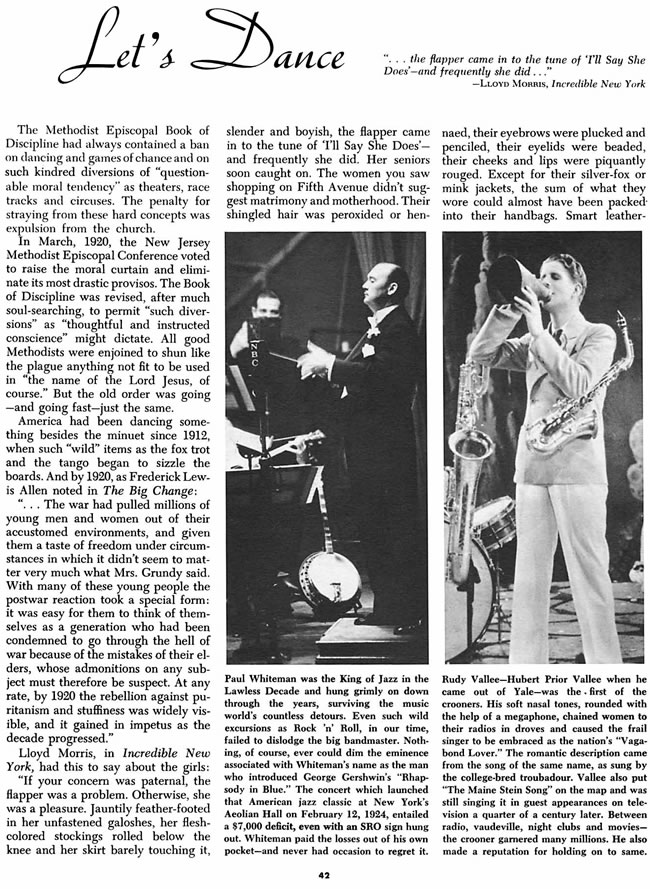


The radio became a very large part of the everyday life of an American and it changed the way Americans spent their leisure time as well.įamilies would sit down and listen to things such as sports and the “Fireside Chats” hosted by President Roosevelt himself. 72), to share the same informative experience at the exact same time.

It allowed a “nationwide community of people…” (Kyvig p. The radio allowed the American people to become more informed with what was going on around them within the country. But from these three the radio had the largest life style changing impact on the daily life of an American. 28) The automobile was unquestionably the most noteworthy of all new technologiesĪs a secondary source of evidence, there were other inventions that gained popularity as well, such as the washing machine, the vacuum cleaner, and the radio. Just the automobile in general, “significantly changed the way people worked, conducted their business, shopped for necessities and desires, and spent leisure time. 28) This is a major primary source that Kyvig uses as evidence to support his thesis and to help portray the fact that this time period changed the way Americans lived their lives. workers was somehow involved in the production, sales, service, and fueling of automobiles. In fact, “By the mid-1920s one of eight U. For instance, the invention of the assembly line had a major impact on American workers. Technology advancements and innovations served as, in my opinion, the most drastic life changing factors during this time period. Kyvigs use of both authentic photographs and census statistics helps better exemplify his statements as supporting evidence to his thesis. 5) By using actual statistics as evidence it helps illustrate the impact that the hardships of agriculture in rural America had on tenant farmers and especially in this case on white tenant farmers. For example, Kyvig states, “In 1920, 56 percent of Southern tenant farmers were white. Another main approach of evidence that Kyvig uses to help support his thesis is the use of statistics from census that were taken during the decades. By placing this authentic photograph in with his facts about the hardships of agriculture in rural America, it allows for more evidence that his facts are actually accurate and not just false statements. From the National Archives of a tenant farmer’s cabin in Harmony, Georgia (p.


 0 kommentar(er)
0 kommentar(er)
